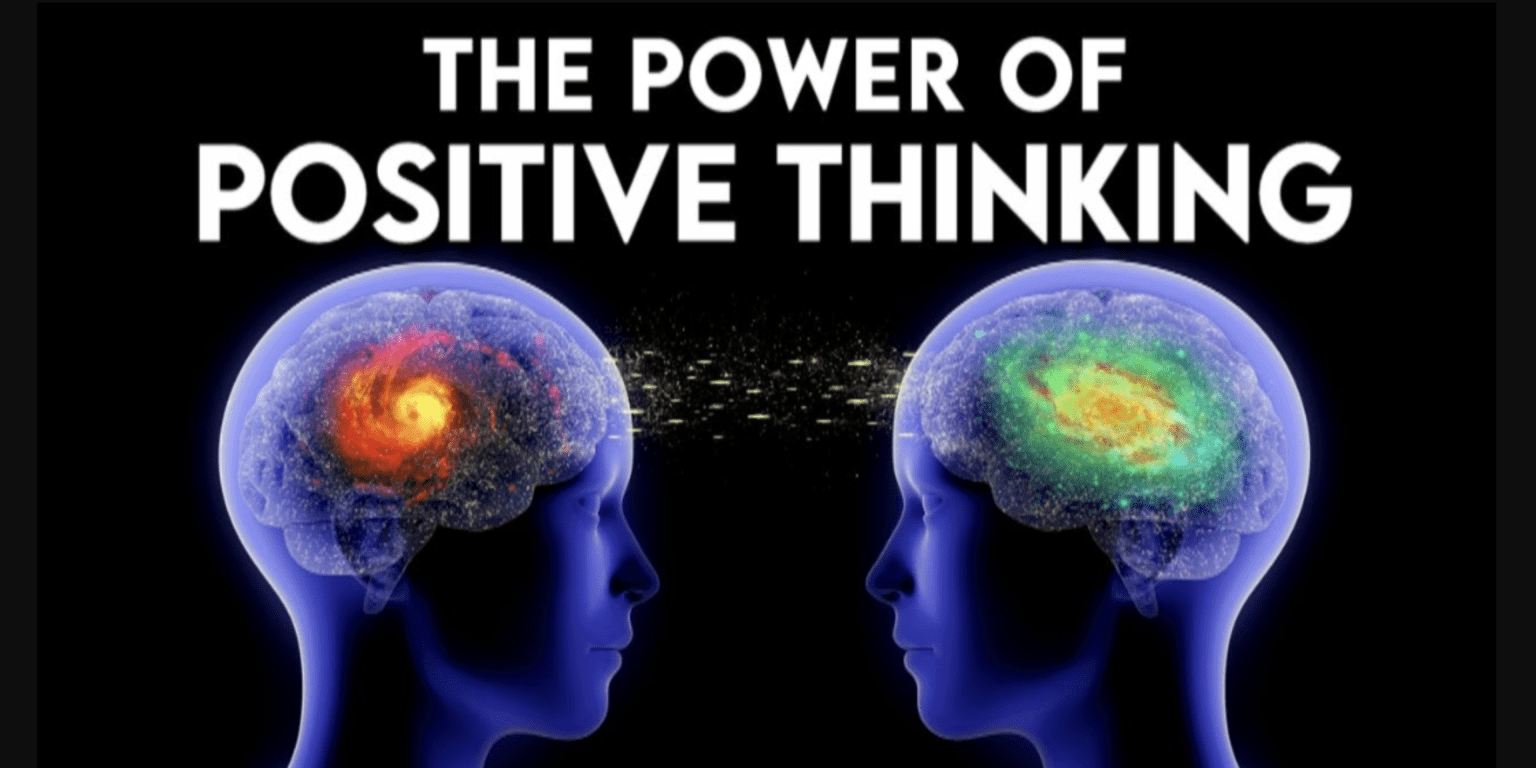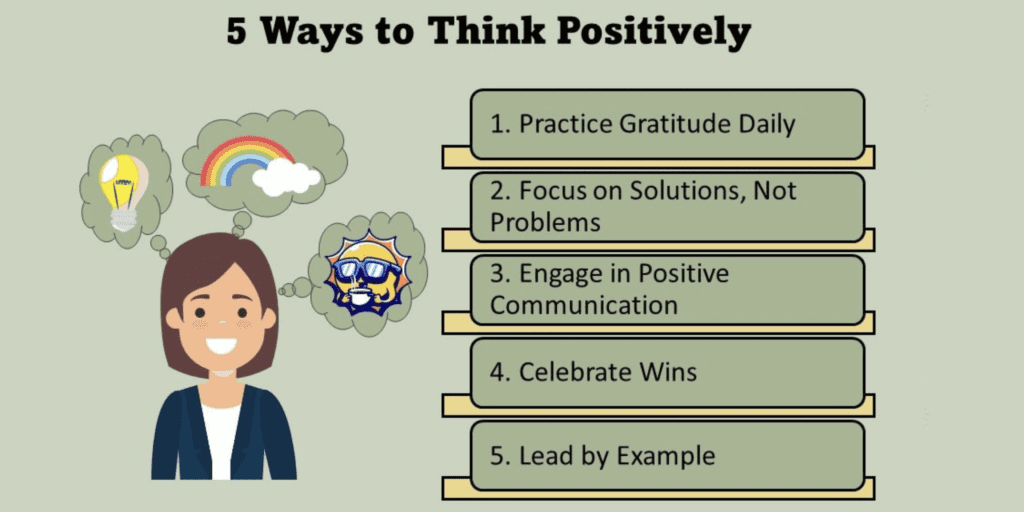
Introduction: Why Positive Thinking Captures Our Imagination
“Think positive and everything will fall into place.”
We’ve all heard this phrase—from parents encouraging us before an exam, motivational speakers on stage, or even colleagues trying to cheer us up during hard times. Positive thinking is everywhere. But is it truly powerful—or just another self-help slogan that sounds nice but lacks depth?
The fascination with positive thinking lies in its simplicity and universality. No matter who you are—student, professional, or retiree—you’ve likely experienced moments when your mindset shaped your performance or mood. At the same time, you’ve probably rolled your eyes at phrases like “Good vibes only”.
So, where’s the truth? The reality is nuanced. Positive thinking is not a magic wand. But neither is it a hollow myth. Done right, it is a scientifically supported mental habit that reshapes focus, reduces stress, and empowers action. Done wrong, it turns into toxic positivity that invalidates real struggles.
Think of your mind as a blank whiteboard. Every day, thoughts are written on it—some bold, some faint, some messy. Negative thoughts scribble quickly. Positive thinking is not erasing reality—it’s wiping away what no longer serves you, then rewriting thoughts with clarity and compassion. This article will take you through the science, the myths, the real-world benefits, and the practical ways you can master this mental art.
What Exactly Is Positive Thinking?
Positive thinking is often misunderstood. Some define it as “always being cheerful.” Others see it as blind optimism. But psychologists and researchers offer a clearer definition:
Positive thinking is a mental attitude that focuses on possibilities, opportunities, and constructive solutions, rather than being dominated by fear, self-doubt, or negativity.
What Positive Thinking Is
- A choice to frame challenges as opportunities to learn.
- A way to focus on what you can control instead of obsessing over what you can’t.
- A mindset that combines hope with action.
What Positive Thinking Is Not
- Toxic positivity: Pretending everything is fine while ignoring pain.
- Magical thinking: Believing good vibes alone attract success.
- Denial of reality: Refusing to acknowledge difficulties.
👉 In short, positive thinking = optimism + realism + compassion.

A Brief History of Positive Thinking
The idea isn’t new—it’s ancient.
- Eastern philosophy: Buddhism and Hinduism teach mindfulness and reframing suffering through perspective.
- Stoicism: Greek philosophers like Epictetus emphasized focusing only on what’s within our control.
- Modern psychology: In the 20th century, Dr. Norman Vincent Peale popularized the “Power of Positive Thinking” in self-help culture.
- Positive psychology: In the 2000s, Martin Seligman and others provided research backing to show optimism improves well-being.
What we call “positive thinking” today is a blend of these traditions—a crossroad between wisdom and science.
The Science of Positive Thinking
Science gives us powerful insights into why positivity works when grounded in reality.
1. Brain Wiring and Neuroplasticity
The brain constantly rewires itself—a process called neuroplasticity. Repeated positive thoughts strengthen neural pathways that regulate motivation, calmness, and creativity. Over time, this makes it easier to access constructive thoughts.
2. Hormones and Stress
Negative thoughts spike cortisol, the stress hormone. Long-term stress weakens immunity and memory. Positive reframing reduces cortisol and increases serotonin and dopamine—chemicals tied to joy and resilience.
3. Performance and Productivity
Studies on athletes and students show that visualizing success improves performance. Not because of magic, but because the brain rehearses the process, reducing anxiety and boosting confidence.
4. Health Benefits
- Optimists have stronger immune systems.
- They’re 30% less likely to develop heart disease.
- Positive thinkers tend to recover faster from surgeries and illnesses.
In short: Positive thinking doesn’t replace effort—it amplifies the effect of effort by creating mental and physiological conditions for success.
Where Positive Thinking Fails: The Myth Side
But let’s be honest—positive thinking has a dark side too.
Toxic Positivity
This is when positivity is forced—“Good vibes only”—which invalidates emotions like sadness, grief, or anger. These emotions are natural and necessary.
Denial of Reality
Blind optimism makes people underestimate risks. For example, overconfidence in business can lead to ignoring market research.
Self-Blame
When things go wrong, people may think, “I wasn’t positive enough.” This adds guilt to already tough situations.
Social Media Pressure
Platforms glamorize positivity, but behind curated posts, people may hide struggles. This “hustle positivity” can be damaging.
👉 Lesson: Positivity works best when it coexists with honesty.
Positive Thinking in Daily Life
Let’s explore how positivity plays out in real-world scenarios.
For Students
- Negative Thought: “If I fail, my future is ruined.”
- Reframe: “Mistakes are part of learning. I can improve by focusing on weak areas.”
- Result: Reduced exam anxiety, better performance.
For Professionals
- Negative Thought: “I can’t handle this workload.”
- Reframe: “I’ll prioritize tasks and ask for support where needed.”
- Result: Less burnout, improved productivity.
For Career Changers
- Negative Thought: “I’m too old to start fresh.”
- Reframe: “My experience gives me unique strengths; I’ll build missing skills step by step.”
- Result: Increased confidence during transitions.
For Leaders
Leaders who model realistic optimism create resilient teams. Instead of “Everything is perfect,” they say: “We face challenges, but here are our opportunities.”

Positive Thinking vs Realistic Thinking
The healthiest mindset isn’t blind positivity—it’s realistic optimism.
- Pessimist: “I’ll fail.”
- Blind Optimist: “Nothing will go wrong.”
- Realistic Optimist: “Challenges exist, but I can prepare and adapt.”
This balance prevents denial while fostering resilience.
Practical Tools to Build Positive Thinking
1. The Whiteboard Reset Method
- Notice: Catch the thought.
- Name: Label it (“fear,” “self-doubt”).
- Wipe: Release it with compassion.
- Rewrite: Replace it with a balanced statement.
2. Gratitude Practice
List three things daily you’re thankful for—and why they matter.
3. Visualization
Picture yourself doing the process, not just the result (e.g., giving a great presentation instead of holding the award).
4. WOOP Framework (Wish, Outcome, Obstacle, Plan)
A structured way to turn dreams into practical steps.
5. Implementation Intentions
Create “If X happens, then I will do Y” plans for challenges.
Extended Applications: Where Positive Thinking Truly Shines
In Relationships
Couples who frame conflicts as “problems to solve together” rather than “battles to win” have longer-lasting relationships.
In Health
Patients with optimistic mindsets recover faster post-surgery and stick to treatments more consistently.
In Workplaces
Cultures built on optimism and psychological safety increase creativity and retention.
Real-Life Case Studies
- The Student Who Overcame Anxiety
An anxious student replaced “I’ll never understand math” with “I can master one concept at a time.” Over weeks, grades and confidence improved. - The Entrepreneur Who Failed Forward
After his first business collapsed, an entrepreneur reframed failure as training. With lessons learned, his second startup thrived. - The Athlete Who Visualized Victory
Olympic swimmers visualize every stroke before the race. This mental rehearsal reduces nerves and improves performance.
The Psychology Behind Positive Thinking
Positive thinking links to well-established therapies:
- Cognitive Behavioral Therapy (CBT): Reframes distorted thoughts.
- Acceptance and Commitment Therapy (ACT): Accepts emotions while pursuing values.
- Self-Compassion Research: Teaches kindness to oneself during failure.
- Positive Psychology: Studies optimism’s role in resilience and well-being.
The whiteboard metaphor is perfectly aligned: notice the scribble, wipe gently, rewrite with compassion.
Common Mistakes to Avoid
- Pretending everything is fine when it isn’t.
- Overusing affirmations that feel fake.
- Comparing yourself to unrealistic positivity on social media.
- Relying on positivity alone without action.
The Future of Positive Thinking
We’re entering an era where positivity will be applied more strategically and scientifically.
- In schools: Resilience and mindset training.
- In workplaces: Leaders trained in realistic optimism.
- In healthcare: Integrating mindset coaching into treatment.
- In digital tools: Mindset and journaling apps to make daily positivity practical.
Conclusion: Science or Myth?
So, is positive thinking science or myth?
The answer: It is a science-backed tool that becomes a myth when misused.
Used honestly, it rewires your brain, reduces stress, and improves performance. Used blindly, it becomes toxic.
Remember the whiteboard:
- Notice the thought.
- Wipe it gently.
- Rewrite with compassion.
- Take action.
That’s the real power of positive thinking—not in denying life’s difficulties, but in choosing perspectives that move you forward.